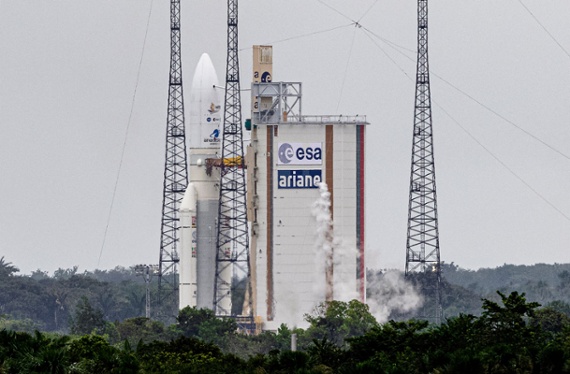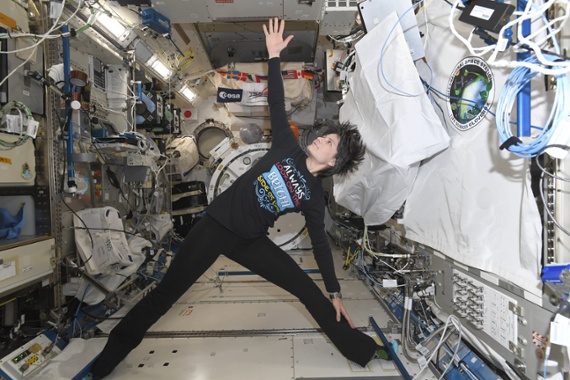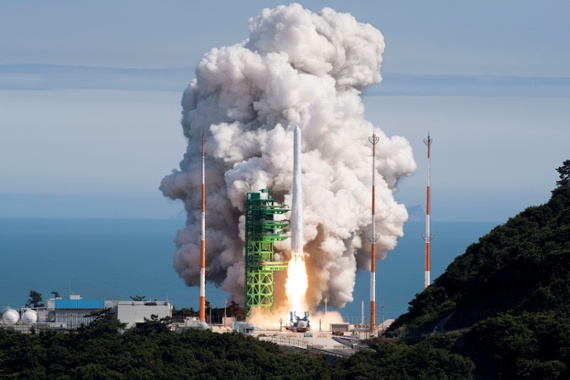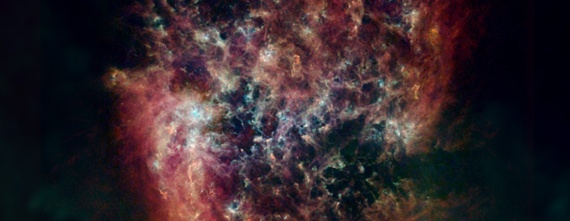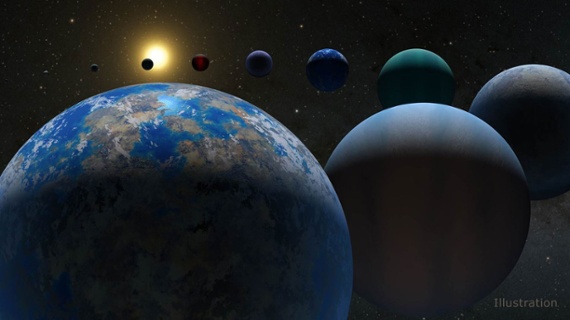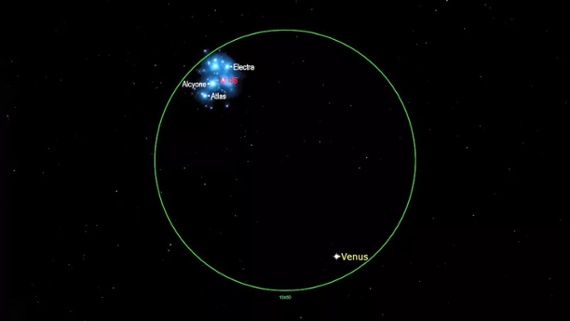|
Pankaj Sharma is one of the world's premier speakers on Leadership and Personal Mastery. As a presenter, Sharma has the rare ability to electrify an audience yet deliver uncommonly original and useful insights that lead to individuals doing their best work, teams providing superb results and organizations becoming unbeatable. Pankaj Sharma is also a Research Scientist.
Thursday, June 23, 2022
A giant sunspot the size of 3 Earths is facing us right now
Scientist Pankaj
Spielberg unveils new UFO movie 'Disclosure Day' | JWST sees lemon-shaped exoplanet | MAVEN is now spinning and radio silent
Who discovered 3I/ATLAS? | Wildfire smoke could change Earth's climate Created for ceo.studentlike.spuniv@...

-
Join a community of science-loving readers. ͏ ͏ ͏ ͏ ͏ ͏ ͏ ͏ ͏ ͏ ͏ ͏ ͏ ͏ ͏ ͏ ͏ ͏ ͏ ͏ ͏ ͏ ͏ ͏ ͏ ͏ ͏ ͏ ͏ ͏...
-
A free, daily newsletter for anyone who loves science, inspiration and awe ͏ ͏ ͏ ͏ ͏ ͏ ͏ ͏ ͏ ͏ ͏ ͏ ͏ ͏ ͏ ͏ ͏ ͏ ͏ ...


